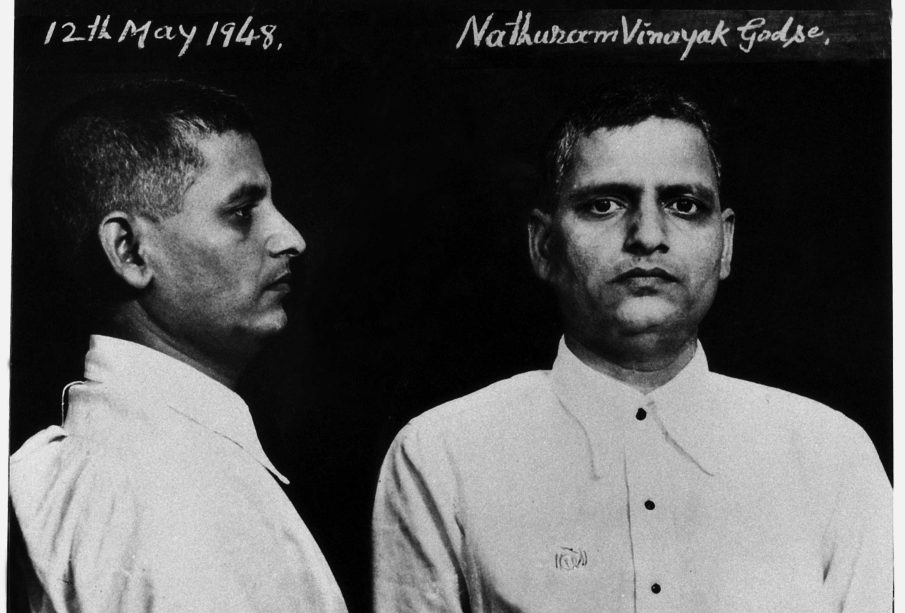Understanding Nathuram Godse and His Impact on India

Introduction
Nathuram Godse remains one of the most controversial figures in Indian history, known for assassinating Mahatma Gandhi on January 30, 1948. His actions have sparked numerous debates regarding nationalism, ideology, and the ethical implications of political violence. As India reflects on its past, understanding Godse’s motivations and the societal context of his actions becomes even more critical.
Background and Ideology
Born in 1910 in Pune, Maharashtra, Godse was influenced by various nationalist movements during his early life. He was a member of the Hindu nationalist organization, Rashtriya Swayamsevak Sangh (RSS), and later affiliated with the Hindu Mahasabha. Godse held strong beliefs in Hindu nationalism, which he felt were betrayed by Gandhi’s insistence on non-violence and appeasement of Muslims during the partition of India.
The Assassination
The assassination of Gandhi was a culmination of Godse’s ideological beliefs and frustrations. He viewed Gandhi as a threat to Hindu identity and autonomy. On that fateful day in 1948, Godse approached Gandhi during a prayer meeting at Birla House in New Delhi and shot him at point-blank range. This act was met with immediate outrage and condemnation across the nation.
Aftermath and Trials
Following the assassination, Godse was arrested and put on trial for murder. His defense during the trial argued that he was acting in what he believed to be the greater interest of the Hindu community. In 1949, he was convicted and sentenced to death. His execution in 1949 only fueled further debates about his legacy and the ideological divides in the country.
Contemporary Implications
In contemporary India, Godse’s actions and beliefs continue to evoke mixed responses. Some view him as a martyr for the Hindu cause, while others see him as a symbol of extremist violence. The divisiveness surrounding Godse highlights the ongoing struggles with identity, religion, and nationalism in India. Recently, discussions regarding Godse have resurfaced, especially in the context of political movements that promote Hindu nationalism.
Conclusion
The figure of Nathuram Godse serves as a lens through which we can examine India’s complex historical and social fabric. As discussions around his actions continue, it becomes essential for society to reflect on how ideology and political actions shape a nation’s narrative. Understanding figures like Godse is crucial for both acknowledging historical grievances and promoting a more inclusive future for all communities within India.









